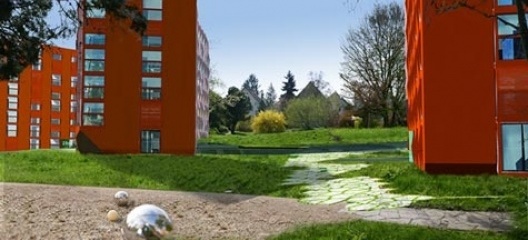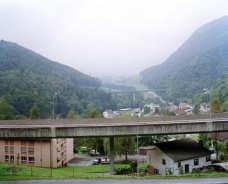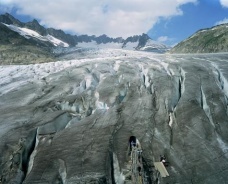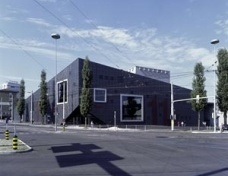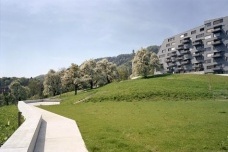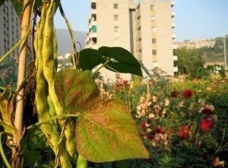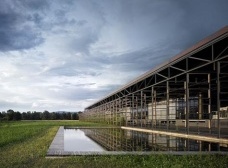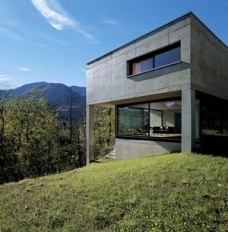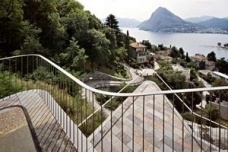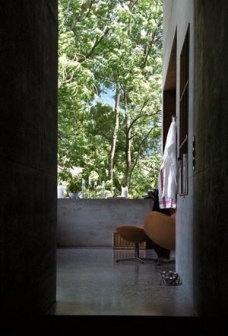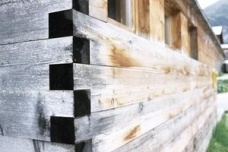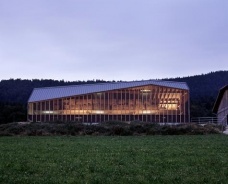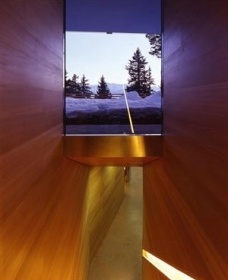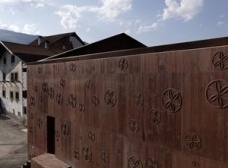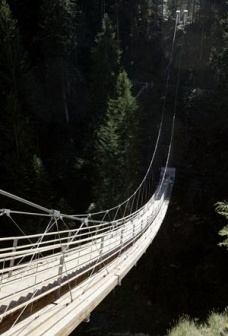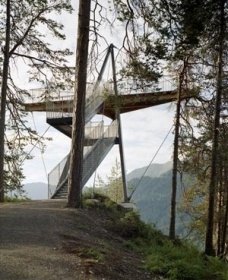With the exhibition Arch/Scapes, the Swiss contribution to the Biennale São Paulo, there is a focus upon the negotiation between the public and the private in an aspect of architectural production that is vital to the Switzerland of today. Arch/Scapes is an interpretation of the 'public' as that which constitutes the Swiss cultural landscape - the urban and peri-urban areas, the village typologies of the alpine landscapes, and the burgeoning agglomeration. The 'private' is the built object and focuses upon new Swiss architecture realised over the past 5 years or soon to be completed.
Switzerland's landscapes - in particular the rural & alpine typologies - are considered public terrain, and a precious asset. New architecture that is to be developed within this landscape is the result of complex democratic processes in which not only the Cantons - the individual states - but also numerous public bodies protecting the Swiss traditions, have a decisive voice. Concerted moves to preserve traditional building types - from the chalet to the cow pen and the ski hut - mean that with few exceptions, architecture that intends a radical relationship with a given context will not survive a public referendum.
How then, does the architect modernise, adapt, and advance the design of Swiss architecture beyond the legal restrictions defined by society at large? The wide range of featured buildings have been chosen for the skill with which innovative forms have been devised, and new positions negotiated. The subtle manner in which legal obstacles have been reinterpreted in favour of unfamiliar forms and new materials is a defining process, one that maintains the balance between the needs and desires of the client and public opinion. In particular we focus upon the processes by which buildings set a new accent within a context, in dialogue with the landscape, thus establishing an unusual sense of scale or reinterpreting traditional typologies.
Interviews with the featured architects and several clients describe the specific culture of production and design that is highly attuned to the contemporary realities of the changing landscape of Switzerland. The statements make tangible a fundamental subtext of architectural production within this context: the negotiation between preservation and innovation, between playing to traditional sensibilities and affecting a necessary rupture in conventional typologies that is often the result of ingenious adaptations of planning regulations.
The individual statements are as heterogeneous as is Switzerland's public terrain. New forms have been generated by traditional and sustainable means to harmonise with a surrounding context. Industrial architecture can be designed to blend in almost invisibly with the landscape. The classic mountain chalet can be parodied with a highly modernised, even ironic, underworld. A ski lodge redesign effects a transformation of traditional form to state of the art self-sufficiency using the most lightweight and modular constructions. Highly traditional building methods are adapted to fit contemporary needs whilst still maintaining cultural specificity. The landscape can become such an integral part of architecture that interior and exterior worlds blend and interrelate through the interplay of transparency and abstraction. Often the response to a restricting context is to draw nature into an interior world in a form of architectural introspection.
The featured projects are offset throughout the exhibition by the photographs of Joël Tettamanti that contrast the extreme alpine landscapes with the scattered urbanisation that defies clichéd perceptions of Switzerland as a rural and lakeside idyll. This framing of the featured architecture with these large-scale images of fragmented topographies is meant to underline a contemporary Swiss reality. Within this reality the careful negotiations between private and public primarily to maintain norms and traditions is increasingly compromised. The gradual erosion of the Swiss landscape by urbanisation means that new architecture will in future need to devise entirely new typologies that take account of uncharacteristic forms of public terrain.
notes
1
The Swiss Representation at the 7th International Architecture Biennale São Paulo 2007 is commissioned by the Swiss Federal Office of Culture and curated by Francesca Ferguson. It is realised by the Swiss Architecture Museum.
about the author
Francesca Ferguson, curator of the ARCH/SCAPES, is a director of the SAM - Swiss Architecture Museum.
Francesca Ferguson, Basel Swiss



